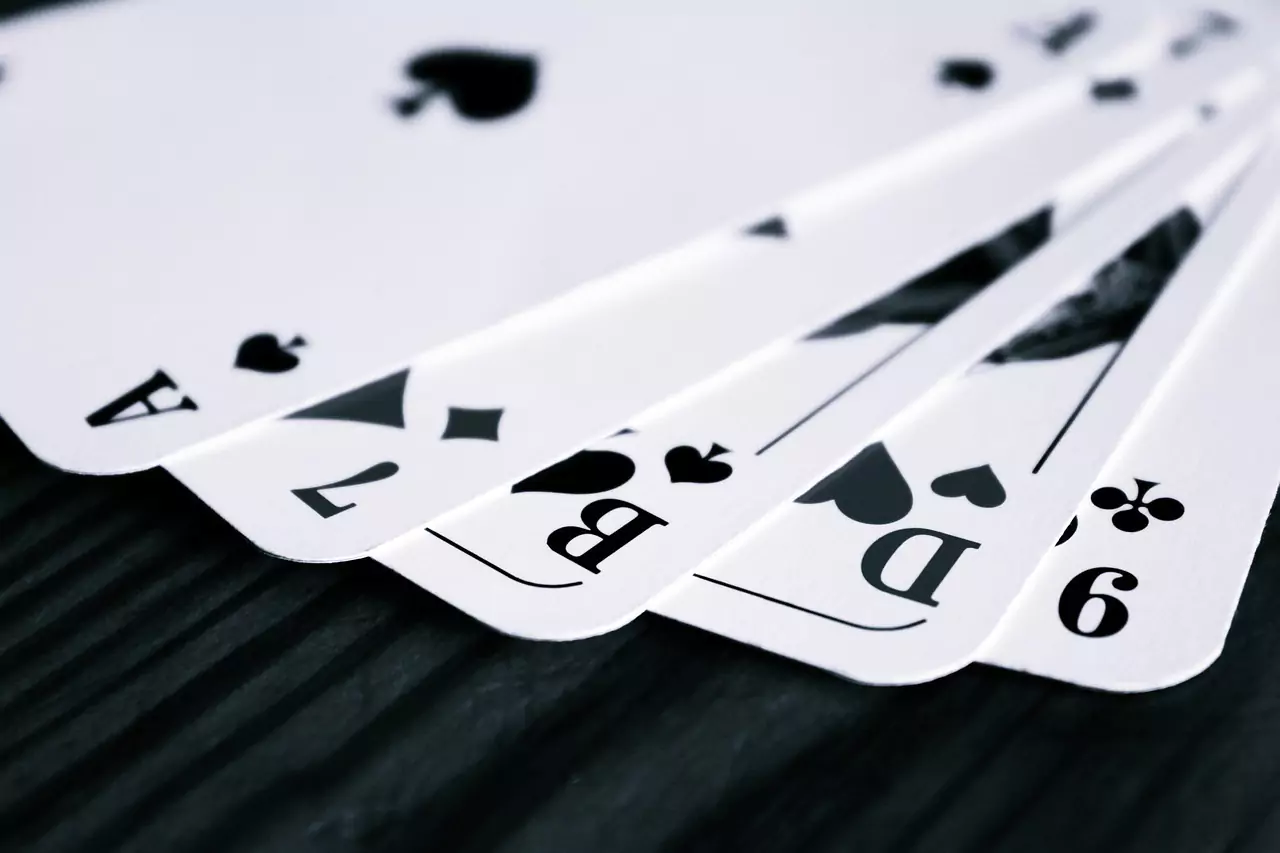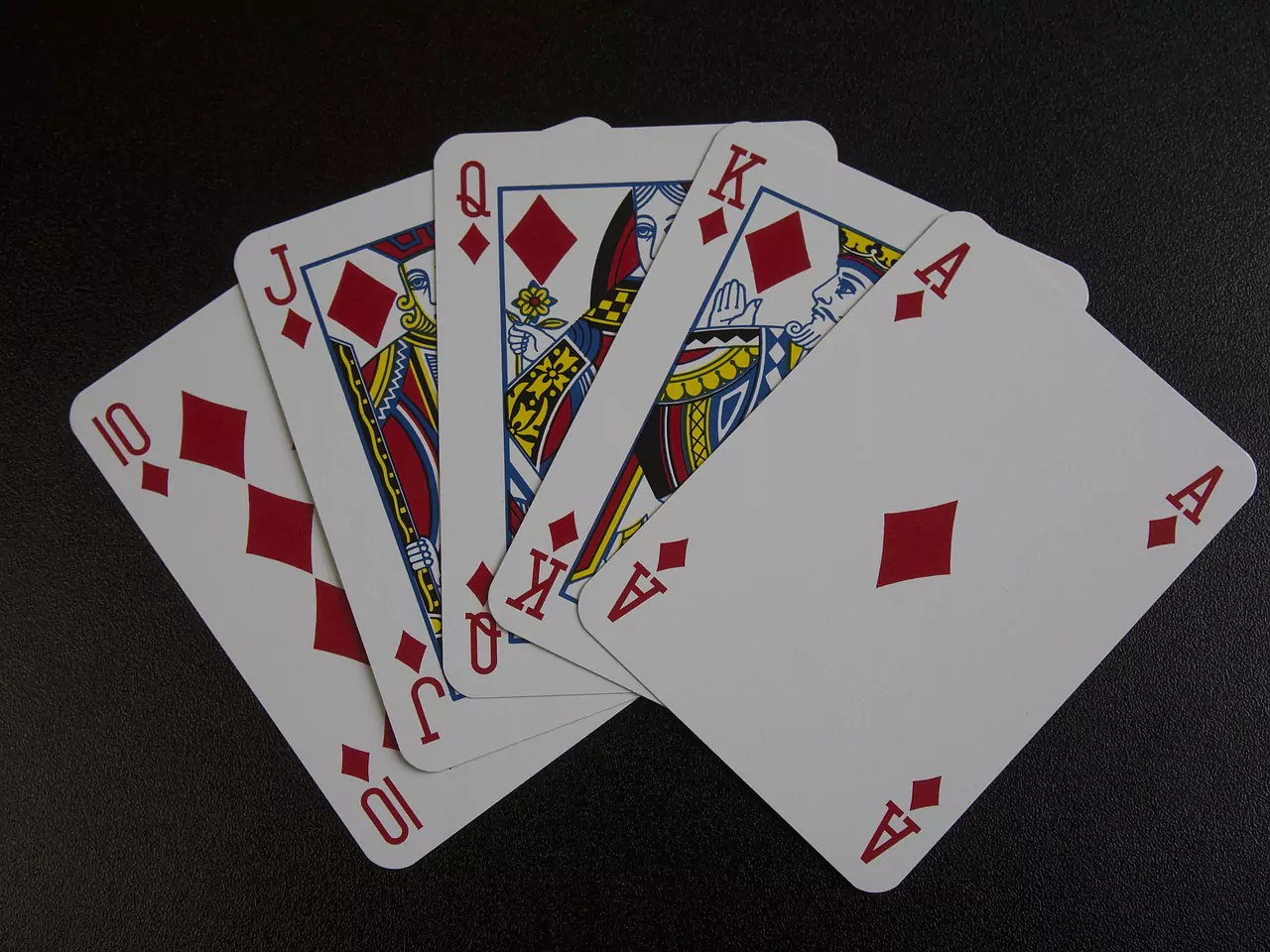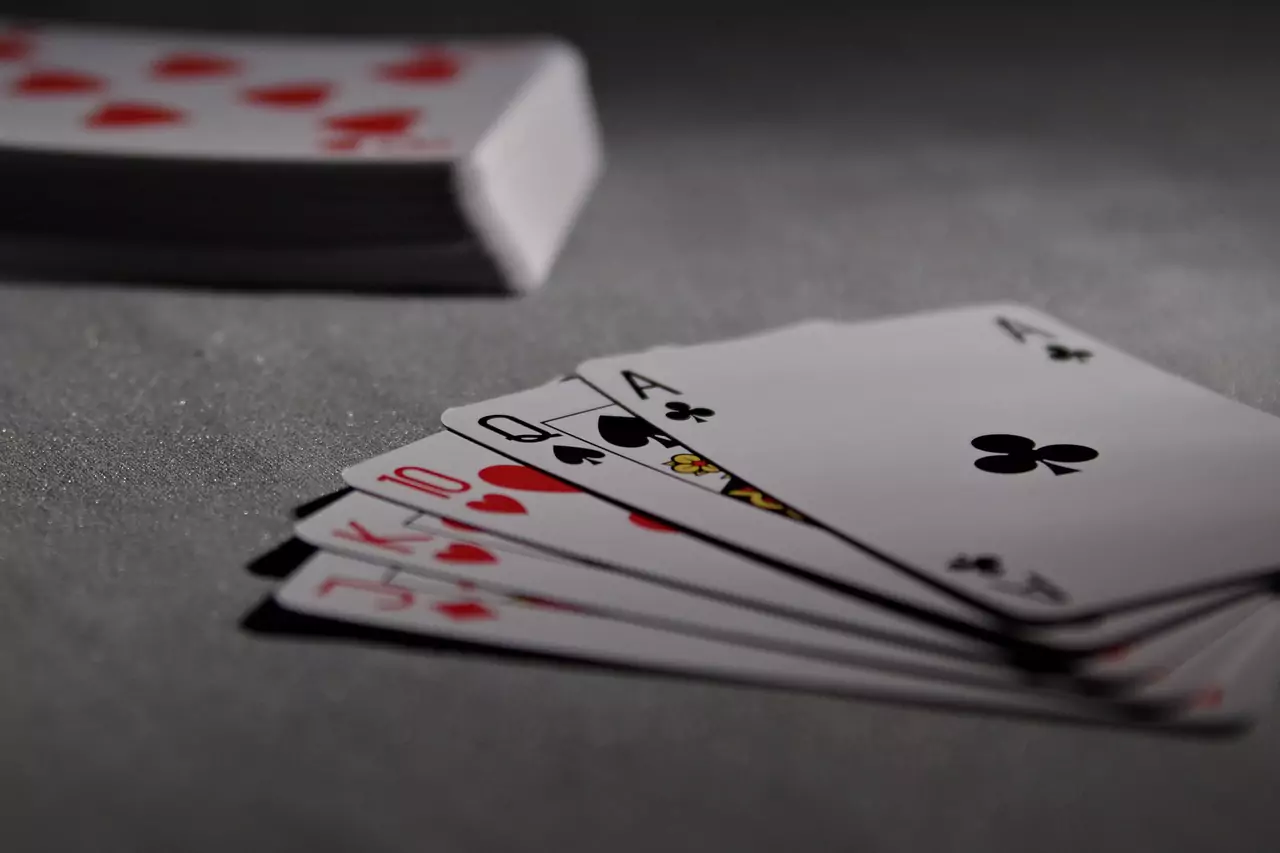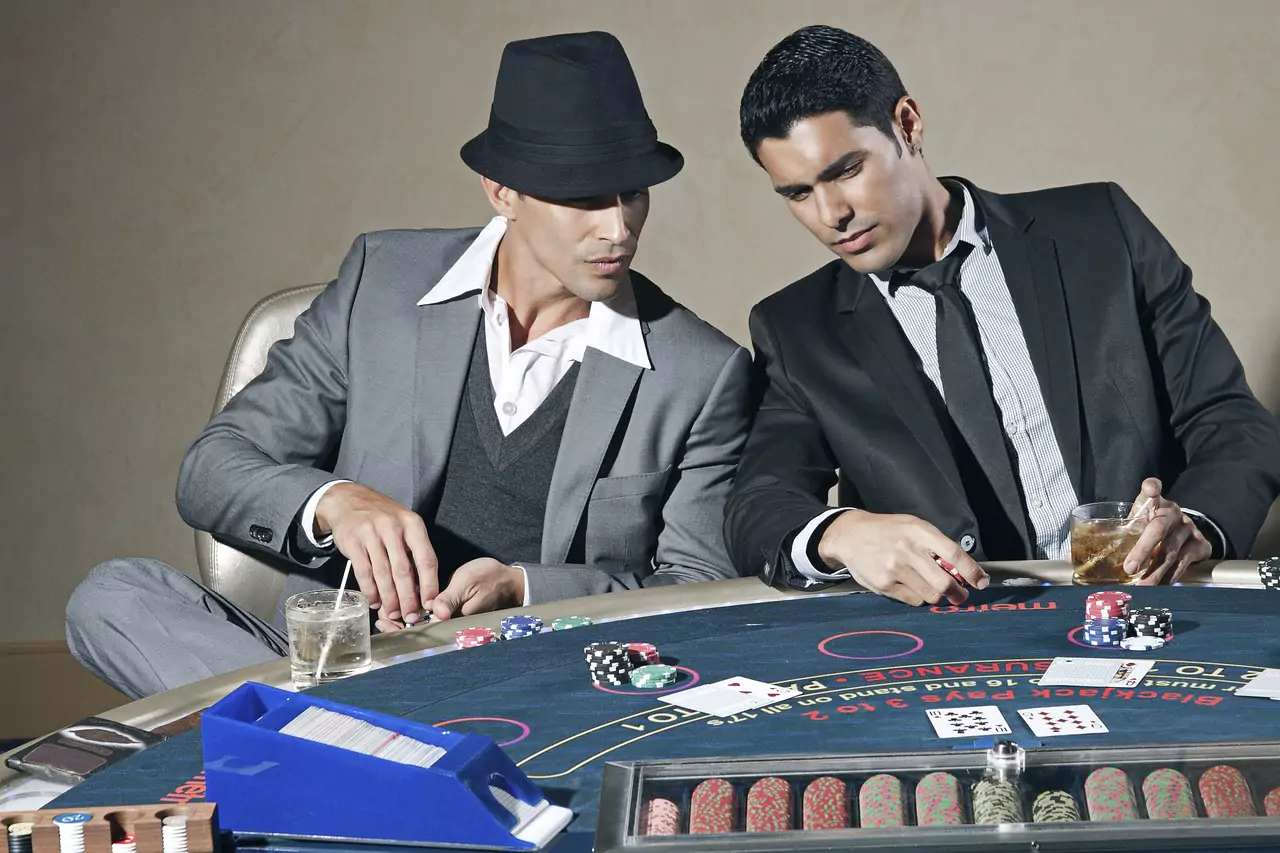In the clandestine world of poker, where every glance, every twitch, and every nuance can be a revealing tell, one skill reigns supreme—the legendary “Poker Face.” It’s not just a stoic expression; it’s an art form, a strategic masterpiece that separates the amateurs from the pros. Join us as we delve into the intriguing world of the Poker Face, unraveling its intricacies, exploring its psychological depth, and understanding why it remains a cornerstone of success at the poker table.
The Blank Canvas: The Essence of the Poker Face
The Poker Face is not just a lack of expression; it’s a deliberate and controlled demeanor that shields the emotional landscape beneath. It’s the ability to present a blank canvas to opponents, a canvas that reveals nothing about the hand concealed by the cards. In the language of poker, the Poker Face is the ultimate poker player’s shield—a shield that makes emotions impenetrable and intentions unreadable.
Strategic Stoicism: The Power of Silence
At its core, the Poker Face is a form of strategic stoicism. It involves maintaining a neutral and unreadable countenance regardless of the cards dealt or the twists of the game. The strength lies in the absence of visible reactions, a deliberate choice that provides opponents with no cues to unravel the intentions of a player with a masterful Poker Face.
The Art of the Unreadable: Microexpressions and Subtle Gestures
Crafting a convincing Poker Face transcends merely maintaining an impassive visage. It requires mastering the art of the unreadable—a skill that extends to controlling microexpressions and subtle gestures that might inadvertently leak information about the strength or weakness of a hand.
Eyes Betray Nothing: The eyes, often regarded as windows to the soul, can inadvertently give away a player’s thoughts. A seasoned Poker Face minimizes excessive eye movements or changes in gaze, preventing opponents from interpreting them as signs of anxiety or confidence.
Facial Muscles Under Control: Subtle twitches, smirks, or eyebrow raises can betray a player’s emotional state. A strong Poker Face ensures control over facial muscles, eliminating any inadvertent cues that opponents could use to their advantage.
Regulating Breathing Patterns: The rhythm of breathing can convey nervousness or excitement. A player with a powerful Poker Face regulates their breathing, preventing opponents from detecting any deviations that might hint at the cards they hold.
Body Language in Check: Beyond the face, the entire body communicates. Controlling fidgeting, avoiding unnecessary movements, and maintaining a relaxed posture contribute to the overall effectiveness of the Poker Face.
Psychology of the Poker Face: Crafting Doubt and Exploiting Tells
The Poker Face isn’t just about concealing emotions; it’s a tool for engaging in a psychological game of misdirection and mind-reading. Players leverage their Poker Face to create ambiguity, keeping opponents on edge and unable to make accurate assessments.
Creating Doubt: A well-executed Poker Face introduces doubt into the minds of opponents. Faced with a stoic expression, opponents struggle to discern whether the player is bluffing, holding a strong hand, or navigating the nuances of a marginal situation.
Forcing Mistakes: The psychological pressure exerted by a convincing Poker Face can force opponents into making mistakes. Uncertain about the true strength of the player’s hand, opponents may fold prematurely, allowing the stoic player to capitalize on their indecision.
Establishing Table Image: The Poker Face contributes to the establishment of a player’s table image. A player who consistently maintains composure becomes an unpredictable force, making it challenging for opponents to categorize their playing style and adjust their strategies accordingly.
Capitalizing on Tells: While the Poker Face conceals the player’s emotions, it also enables them to exploit the tells and reactions of opponents. By presenting an inscrutable front, a player with a strong Poker Face can focus on reading the subtle cues and weaknesses of others at the table.
The Poker Face in Action: Bluffing, Strong Hands, and Key Decisions
The versatility of the Poker Face is showcased in various situations, each demanding a nuanced application of the art of stoicism.
Bluffing: The quintessential use of the Poker Face is during a bluff. A player concealing the absence of a strong hand must exude confidence and control, convincing opponents of the validity of their bet. The success of the bluff hinges on the believability of the Poker Face.
Strong Hands: Conversely, when holding a powerful hand, the Poker Face serves to prevent opponents from sniffing out the strength of the cards. Maintaining calmness and avoiding any signs of eagerness or excitement are crucial to extracting maximum value from the hand.
Key Decisions: The Poker Face becomes particularly vital during critical decisions. Whether facing a substantial bet, considering a bold move, or contemplating a call, a player’s ability to mask their thought process with a Poker Face is instrumental in maintaining the element of surprise.
Evolution of the Poker Face: From Classic Tables to Digital Screens
In the traditional brick-and-mortar setting, the Poker Face unfolds in the theatrics of physical presence. However, as the digital landscape transforms poker into an online pursuit, the Poker Face takes on new dimensions.
Webcam Challenges: Online poker with webcam features attempts to replicate the physical dynamics of the table. Players must adapt their Poker Face to the constraints of a digital screen, ensuring that their expressions remain inscrutable even in the absence of direct physical presence.
Digital Tells: In the virtual realm, the Poker Face extends beyond facial expressions to digital tells. Betting patterns, timing of decisions, and other online behaviors become the new indicators that players must master or manipulate to maintain the illusion of a strong Poker Face.
Conclusion: The Timeless Allure of the Poker Face
In the vast tapestry of poker, the Poker Face emerges as a timeless symbol of the game’s allure. It’s a silent language spoken across green felt tables and digital screens, embodying the psychological complexity that elevates poker from a game of chance to a skillful dance of strategy and deception. The Poker Face, with its stoic gaze and unreadable expressions, continues to be a testament to the enduring magic of poker—a game where the art of concealment is as crucial as the flip of a card.



